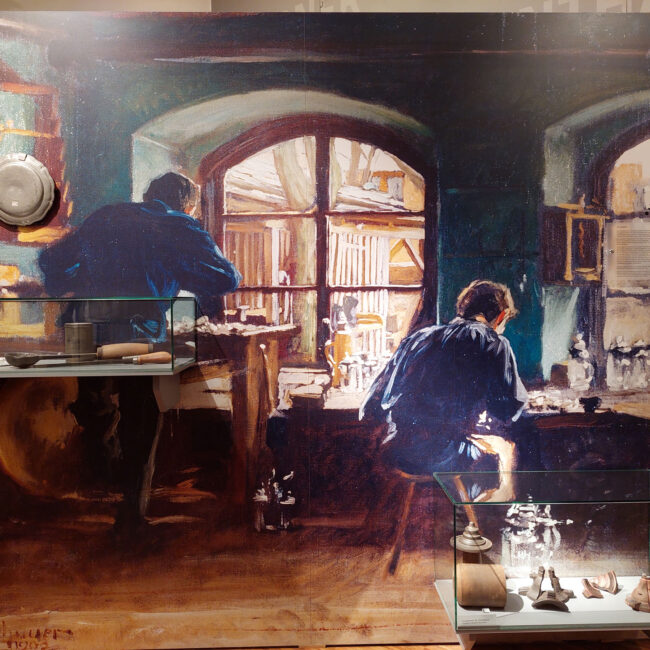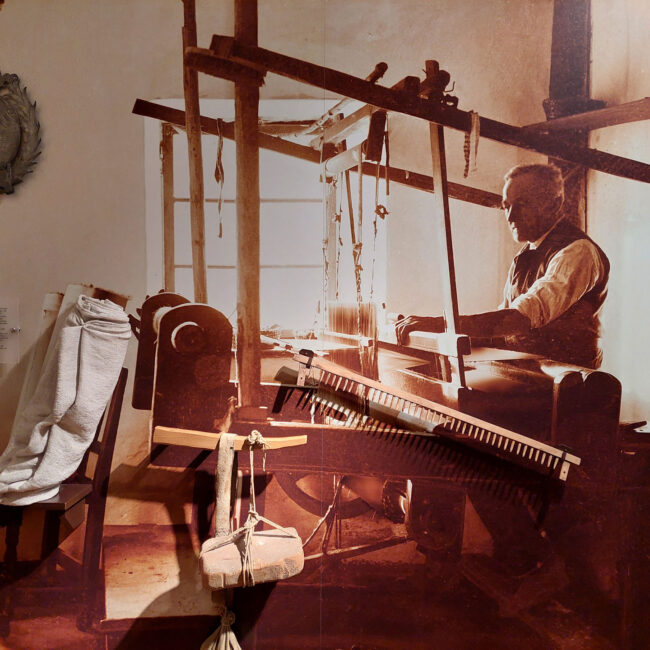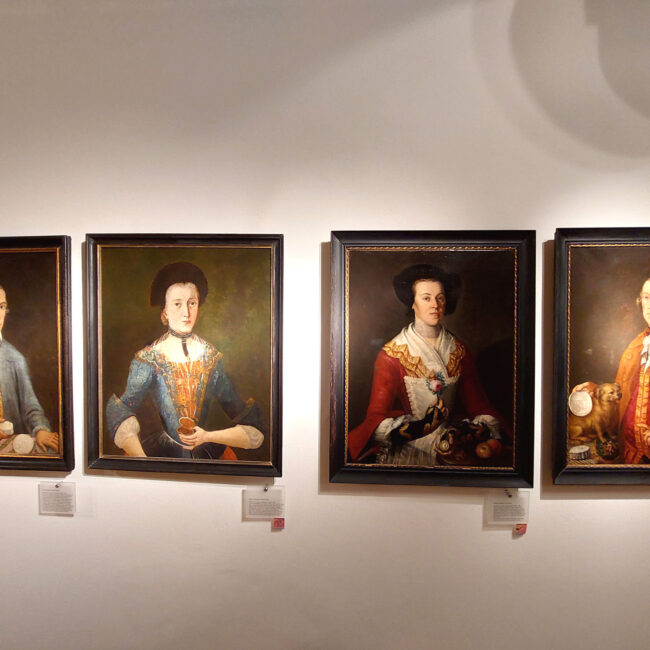To Read
Trades in Ried have a long-standing tradition. Around 130 years ago there were still 27 different trades, organised into guilds. The guilds were a type of professional organisation for certain trades. Guilds were commercial associations. They protected the trade and represented the interests of the tradesmen. The guilds controlled competition, training and the continued existence of workshops. They also took action against bunglers who did not belong to the guild. Their commercial, civic and social activities were a characteristic feature of the cultural life of markets and towns from the Middle Ages onwards. Guilds were strictly organised. They undertook quality control and thus ensured that tradesmen’s work was of the highest quality. Members of guilds held regular meetings for these purposes.
The key guilds represented in Ried were
linen weavers, clothmakers, tailors, millers, bakers, gingerbread makers, beer, brewers, butchers, tanners and shoemakers.
Guilds also consulted with each other. It was a closely networked system that only functioned if everyone maintained quality standards. The various trades worked together: butchers provided tanners with animal hides, and tanners then provided shoemakers with different grades of leather.
The large bookcase belonged to Josef Werndl, who was Styria's biggest and most successful manufacturer of weapons in the 19th century. His bookcase was acquired by the museum with the estate of Franz Xaver Weidinger. It has now been converted into a display case. Inside are items relevant to the trades of beer brewing, tailoring, shoemaking, cartography and gingerbread baking. The guilds were also closely involved with everyday religious life. The leather workers’ monstrance depicts St. Wolfgang. It was carried at the head of processions by member of the leather workers’ guild.
It is worth taking a closer look at the trades of tinsmithing, linen weaving and gingerbread baking.




